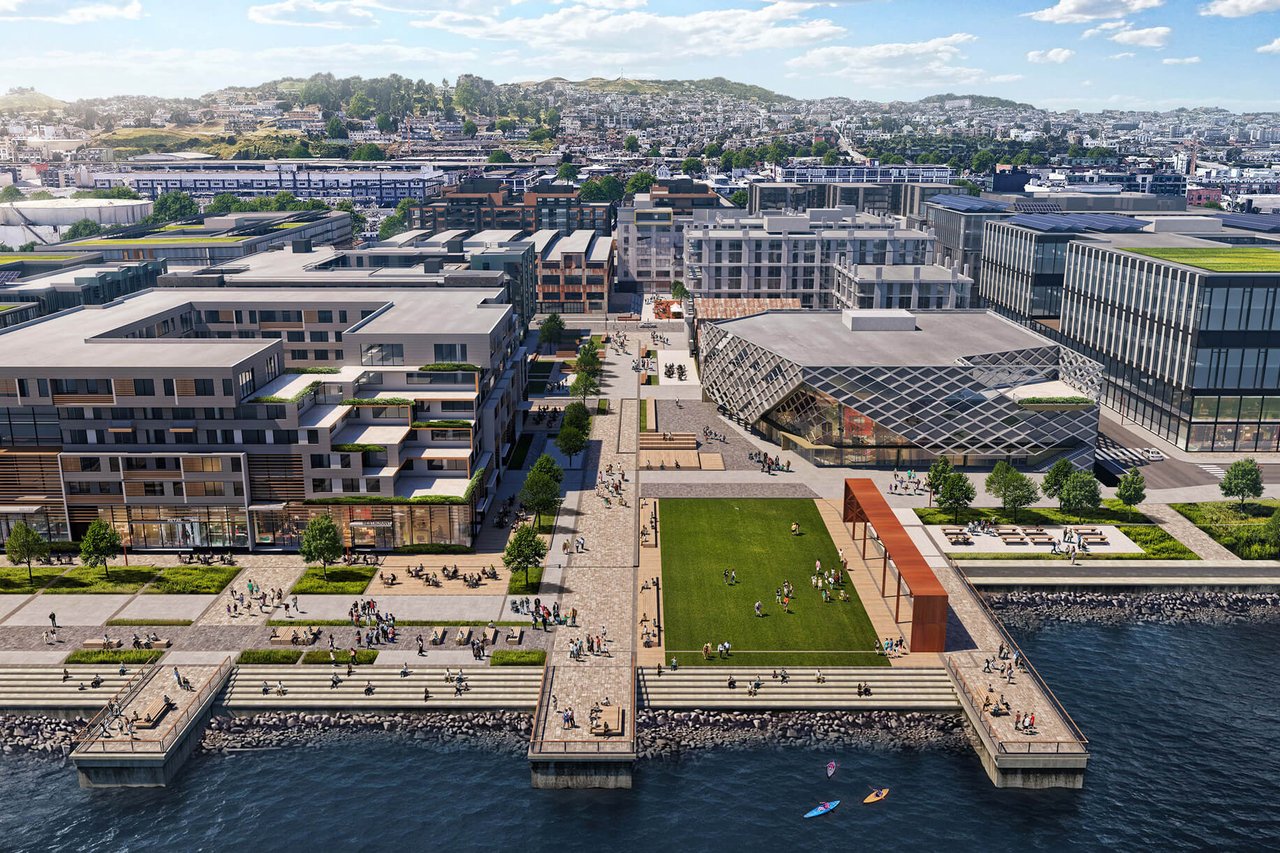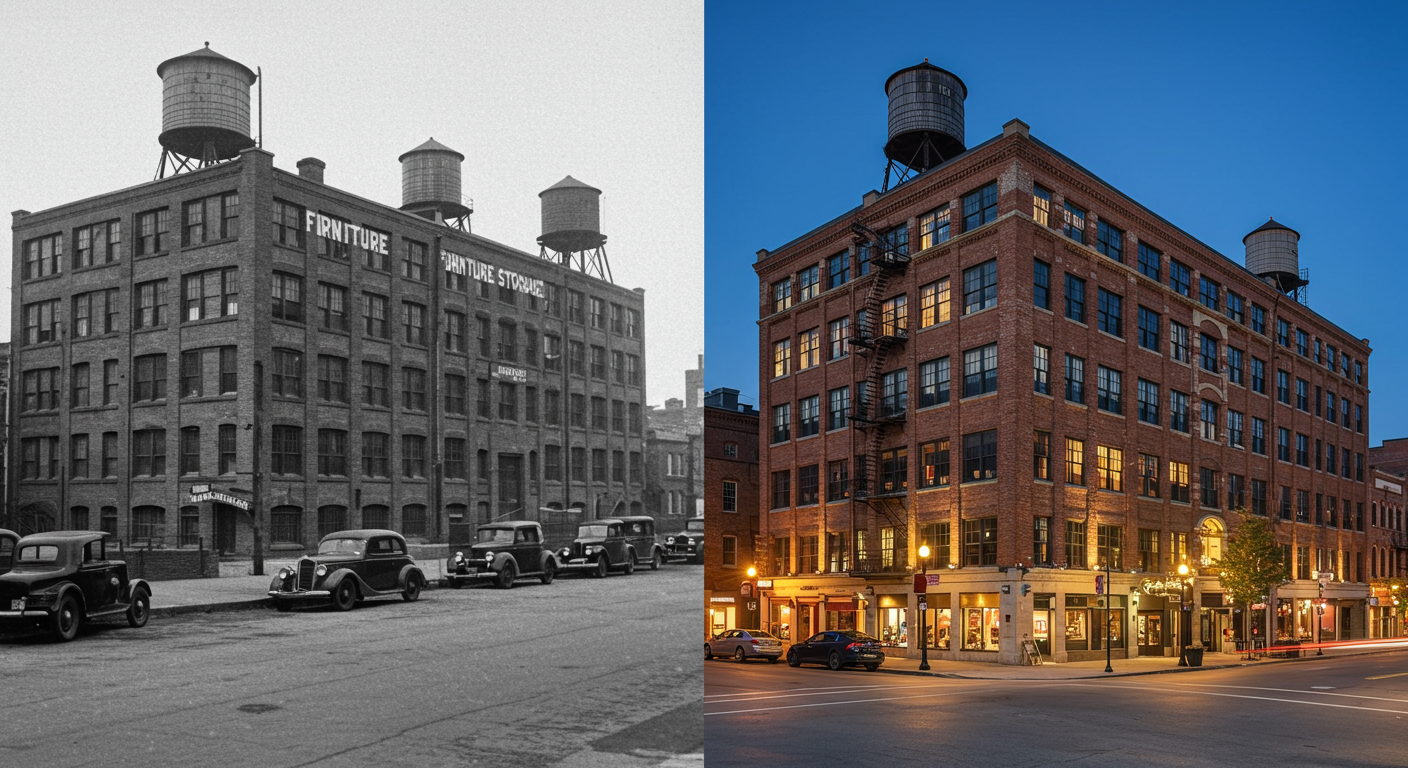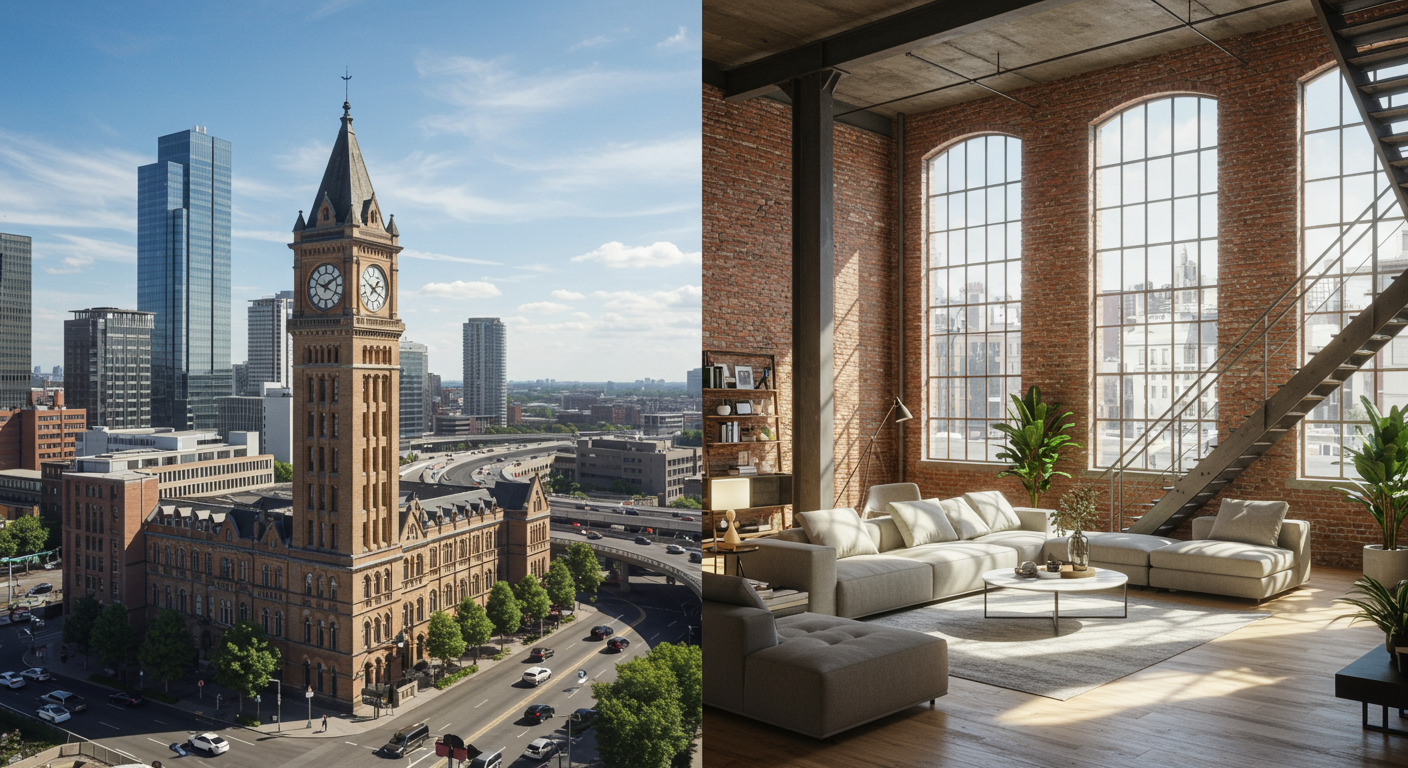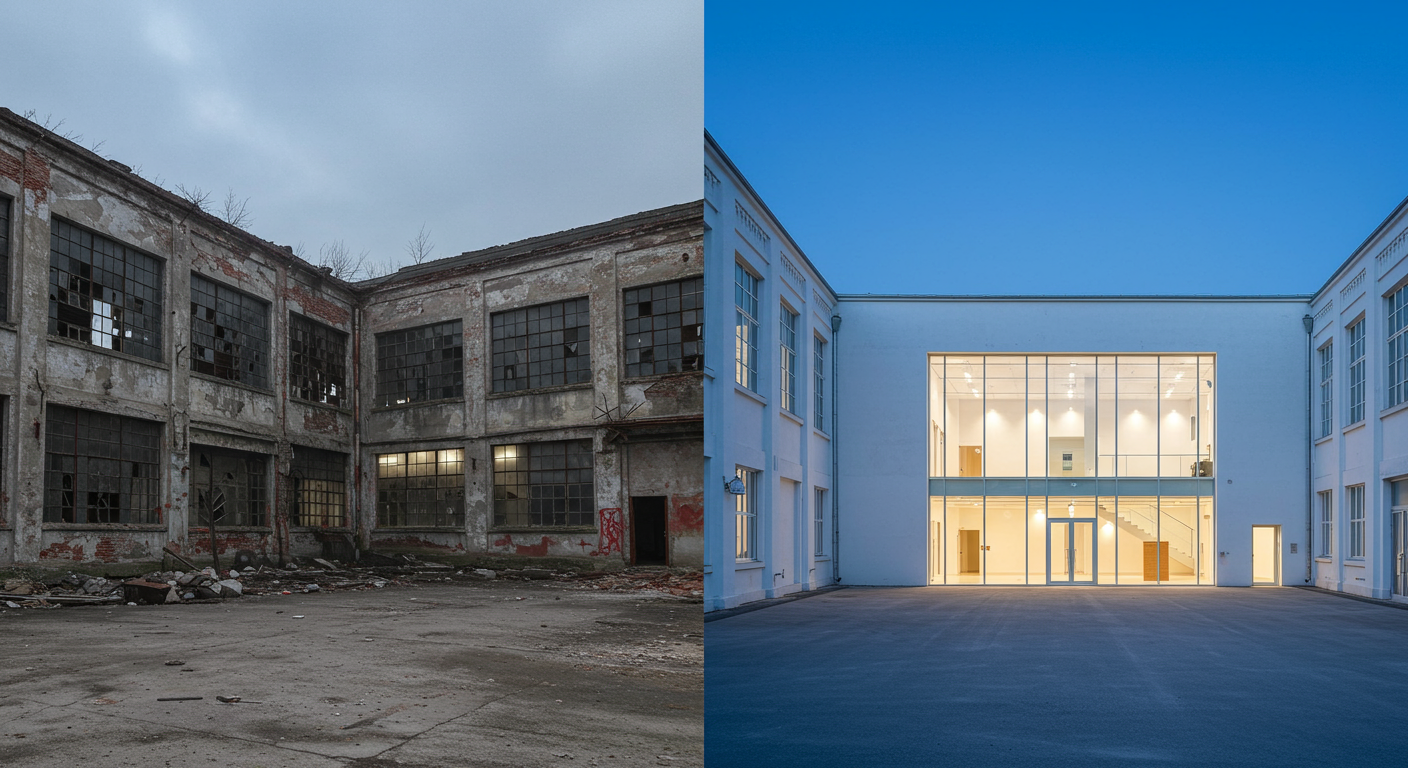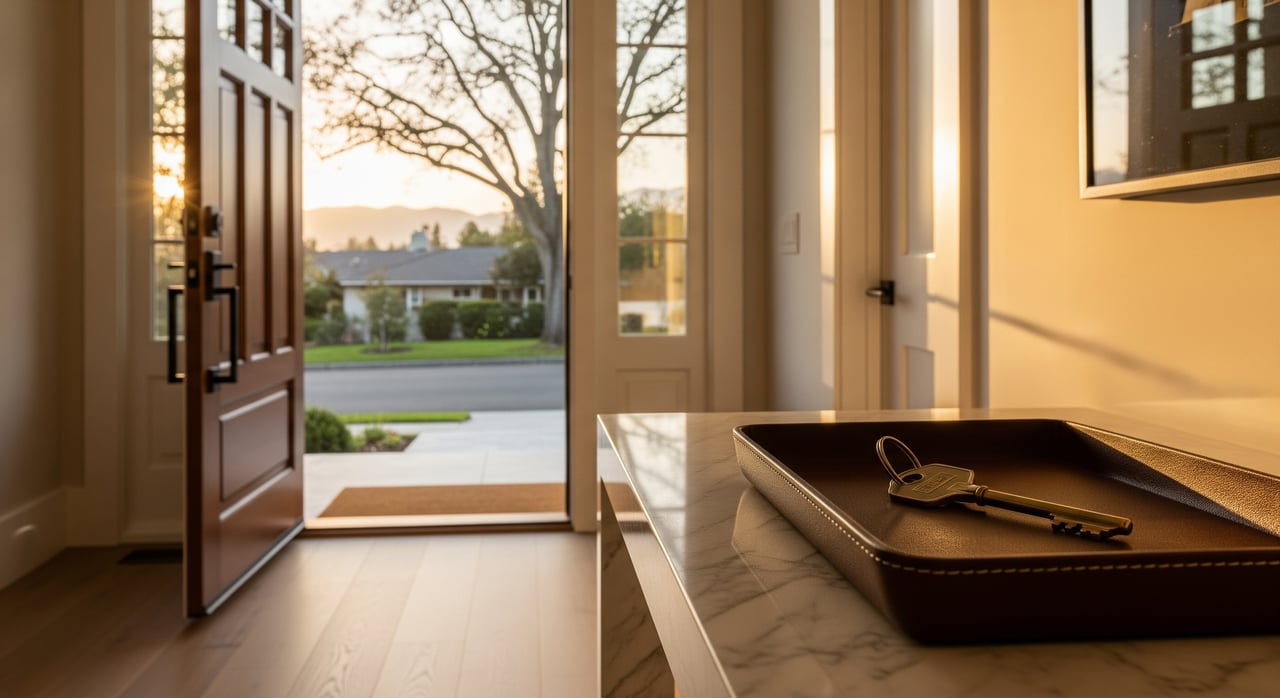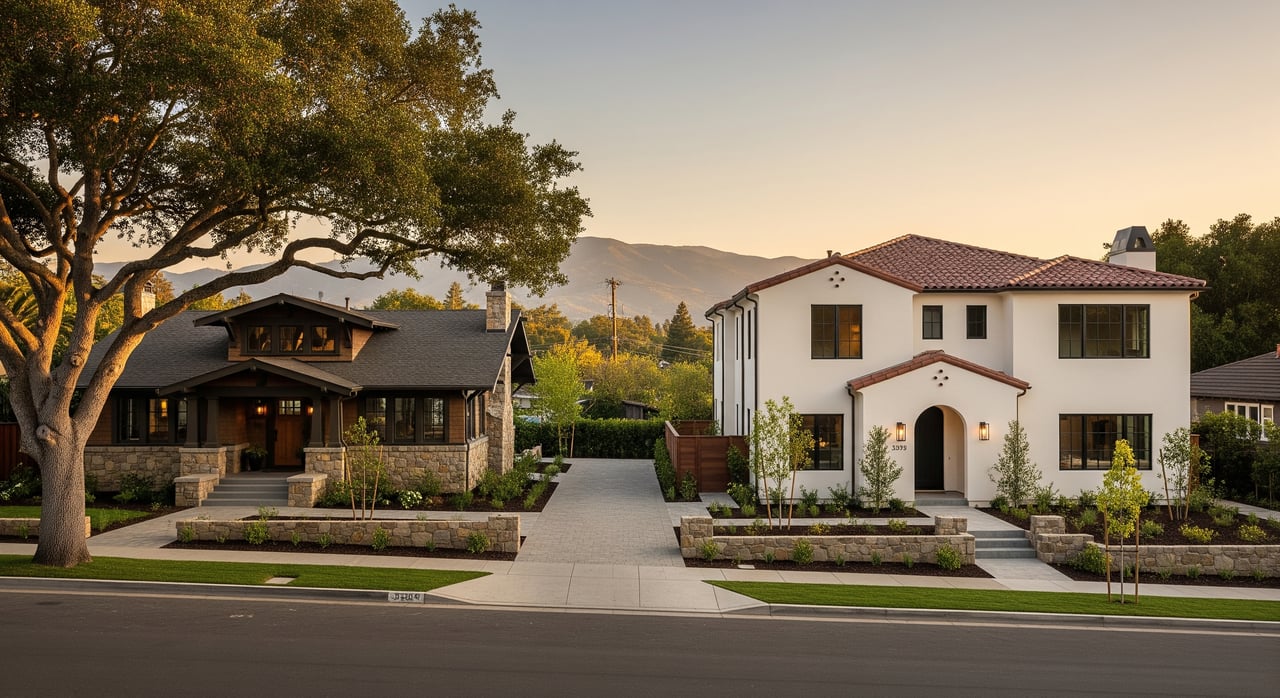California continues to face a significant housing affordability crisis, with a shortage of affordable homes and skyrocketing property prices despite the recent rate hike cycle. At the same time, California’s office building market is in turmoil. Vacancy rates hit a record 20.1% in Q2, the highest since Moody's started tracking nearly 50 years ago (Moody’s). It's particularly empty in San Francisco, where the vacancy rate reached 34.5% this quarter, up from 33.9% in Q1 and just 5% pre-pandemic, per real estate firm Cushman & Wakefield. One innovative solution to this problem is adaptive reuse, a process that involves repurposing existing buildings for new uses. Adaptive reuse not only addresses the housing shortage but also promotes sustainability and preserves historical architecture. This approach can transform underutilized commercial spaces into much-needed residential units, providing a viable solution for California's housing market while maintaining the charm that many come to love about their neighborhoods.
What is Adaptive Reuse?
Adaptive reuse is the practice of taking an existing building, often one that is obsolete or underused, and converting it for a new purpose. This could involve turning old factories, warehouses, office buildings, or retail spaces into residential apartments or mixed-use developments. By reimagining and repurposing these structures, developers can create housing without the need for new construction, which can be costly, time-consuming and quite frankly unattractive.
Benefits of Adaptive Reuse
1. Cost-Effective Housing Solutions: Adaptive reuse can be more cost-effective than new construction. Since the basic structure is already in place, developers can save on materials and labor costs. This can result in lower overall project costs, allowing for more affordable housing options.
2. Sustainability: Repurposing existing buildings reduces the need for new construction materials, minimizing environmental impact. It also helps reduce urban sprawl, preserving green spaces and reducing the carbon footprint associated with building new structures.
3. Preservation of Historical Architecture: Many buildings that are candidates for adaptive reuse have historical significance. Repurposing these structures preserves cultural heritage and maintains the unique character of neighborhoods, which can enhance community pride and attract tourism.
4. Faster Project Completion: Since adaptive reuse projects leverage existing structures, they can often be completed more quickly than new builds. This can expedite the availability of new housing units, providing faster relief in areas with urgent housing needs.
5. Revitalization of Urban Areas: Adaptive reuse can breathe new life into neglected or underutilized areas. By transforming vacant buildings into vibrant residential spaces, communities can benefit from increased economic activity, improved safety, and enhanced aesthetics.
California's Housing Goals and Shortcomings
To address the state's severe housing shortage, California has set ambitious housing goals. According to the California Department of Housing and Community Development (HCD), the state needs to build about 2.5 million new homes in coming years to meet the demand. This includes a significant number of affordable units to cater to low- and moderate-income households.
Despite these goals, California has struggled to keep up with the required pace of construction. Several factors contribute to these shortcomings:
1. Inadequate Housing Production: In recent years, California has consistently fallen short of its housing production targets. Between 2015 and 2020, the state averaged only about 80,000 new units per year, far below the estimated annual need of 180,000 units.
2. Regulatory Hurdles: Stringent zoning laws, lengthy approval processes, and other regulatory barriers have hindered the development of new housing. Local opposition, often referred to as NIMBYism (Not In My Backyard), further complicates efforts to increase housing density and affordability.
3. High Construction Costs: The cost of construction in California is among the highest in the nation. Factors such as high land prices, labor costs, and regulatory compliance contribute to these elevated expenses, making it difficult to build affordable housing.
4. Economic and Market Factors: Economic fluctuations, such as the recent impacts of the COVID-19 pandemic, have affected the housing market. Supply chain disruptions, labor shortages, and changes in housing demand patterns have all contributed to delays and increased costs in housing construction.
Challenges and Considerations
While adaptive reuse offers many benefits, it also comes with challenges that need to be addressed:
1. Zoning and Regulatory Hurdles: Existing zoning laws and building codes may not always support the conversion of commercial spaces to residential use. Navigating these regulations can be complex and time-consuming, requiring collaboration with local authorities.
2. Structural and Design Constraints: Older buildings may require significant modifications to meet modern safety and accessibility standards. Additionally, converting a building designed for one purpose into another can pose architectural challenges.
3. Financing and Investment: Securing funding for adaptive reuse projects can be challenging. Investors and lenders may be wary of the risks associated with converting existing structures, particularly if there are uncertainties about the building's condition or the feasibility of the project.
Case Studies in California
Several successful adaptive reuse projects in California demonstrate the potential of this approach:
1. The Warehouse Artist Lofts, Sacramento: Located in the R Street Corridor, the Warehouse Artist Lofts (WAL) is a notable adaptive reuse project in Sacramento. This former warehouse was converted into a mixed-use development featuring 116 residential units, artist studios, and retail spaces. WAL provides affordable housing for artists and has become a cultural hub, fostering a vibrant arts community and revitalizing the surrounding neighborhood.
2. The Clocktower Building, San Francisco: The Clocktower Building, located in San Francisco's South Beach neighborhood, is another example of successful adaptive reuse. Originally constructed in 1907 as a factory and warehouse for the Schmidt Lithograph Company, it was converted into residential lofts in the early 1990s. The building retains many of its original industrial features, such as exposed brick walls and large arched windows, while offering modern living spaces.
3. Pier 70, San Francisco: Pier 70 in San Francisco is undergoing a major redevelopment project that exemplifies adaptive reuse. The historic shipyard and industrial buildings are being transformed into a mixed-use district with residential units, office spaces, retail, and public parks. The project aims to preserve the historical significance of the site while creating a vibrant, sustainable community that attracts new businesses and residents.
Conclusion
Adaptive reuse offers a promising solution to California's housing affordability crisis. By transforming underutilized buildings into residential units, this approach can provide cost-effective, sustainable, and timely housing solutions. While challenges exist, the benefits of adaptive reuse—ranging from economic savings to cultural preservation—make it a viable strategy for addressing the state's housing needs. As California continues to seek innovative solutions to its housing crisis, adaptive reuse stands out as a practical and impactful option.
